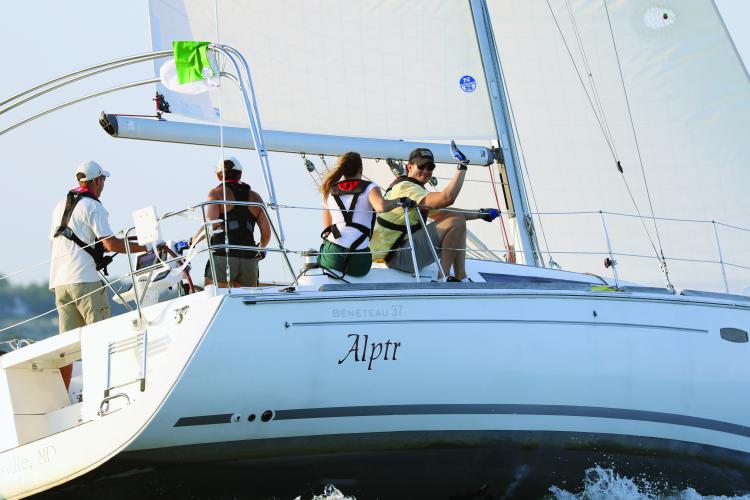Let Boating Safety Be Your Number One Priority
We can never have enough refreshers on water safety, and with boating-related deaths this year already up from last year and the year before, we wanted to share a few simple things we can all do to make our time on the water safer.

1. File a float plan.
Before you head out on the water, you should always let someone know where you are departing from, your route of travel, how many people are onboard, and what time they should expect you back.
2. Know PFD requirements. PFDs should fit snugly but not feel restrictive.
If you invest in a quality PFD that you like and is comfortable to wear, it will feel less like a chore when having to put on. You should have at least one USCG-approved PFD for each person onboard.
- If not worn at all times, they must be readily accessible.
- If your boat is 16 feet or longer, you must also have one Type IV (throwable) PFD onboard.
- Children under 13 years of age must wear a PFD while underway on a recreational vessel under 21 feet in length (unless the vessel is moored or anchored or the child is below deck in an enclosed cabin).
- Each person, child or adult, must wear a PFD when being towed on water skis, wakeboard, tube, or similar waterports device.
- All persons on a personal watercraft (PWC) must wear a PFD. PFDs are required on non-motorized vessels, such as canoes, kayaks, stand up paddleboards, and any other device capable of being used as a means of transportation on water.
3. Brief your passengers.
Before getting underway, take the time to go over where the PFDs are stowed, along with other safety equipment on the boat, such as how to work the radio, in case of emergency.
4. Don't overload the boat.
Be careful about adding extra passengers, coolers, and gear, especially with small vessels that are more prone to swamping. It’s also important to avoid allowing passengers to ride or sit anywhere other than designated places while underway. And remember, bow riding is illegal.
5. Take caution when boating after dark or in foul weather.
The more lookouts you have aboard at night, the better. Turn off or dim cabin lighting, or consider using only red helm lights that won’t interfere with your crew’s night vision. When underway, vessels must have red and green sidelights, as well as an all-round white light (or both a masthead light and sternlight), both visible from a distance of at least two miles away on a dark, clear night. If you’re far from home and caught in bad weather, find a safe harbor or marina close to your position where you can safely wait out the storm.
6. Don't boat intoxicated.
Always make sure to have a designated driver onboard. According to the U.S. Coast Guard, alcohol use is the leading known contributing factor in fatal boating accidents. Added to the effects of sun, wind, and waves, alcohol lowers situational awareness and slows reaction times.
7. Be mindful of other boaters.
This time of year there are a lot of boats on the water, and not everyone is familiar with the rules of the road. Keep a safe distance from other boats and be prepared to give way, even if you have the right of way. It’s not always about who’s right and who's wrong but avoiding accidents.
Stay safe this season boaters! Please share this article with your crew!
Article by Kaylie Jasinski




